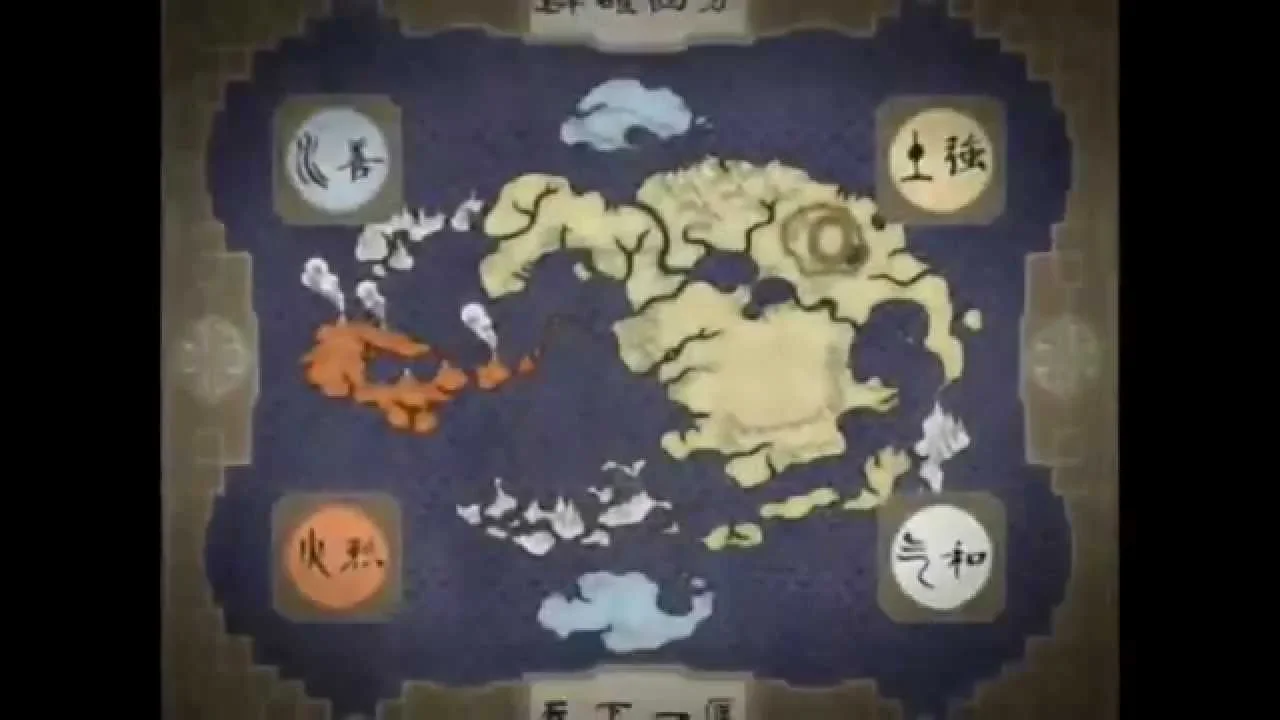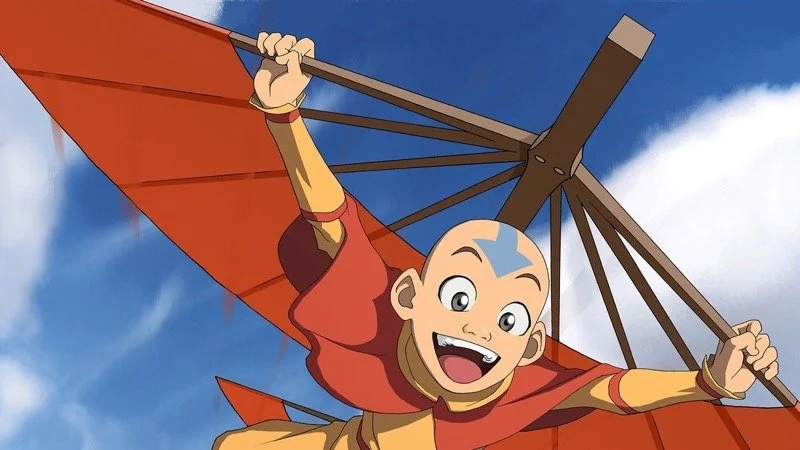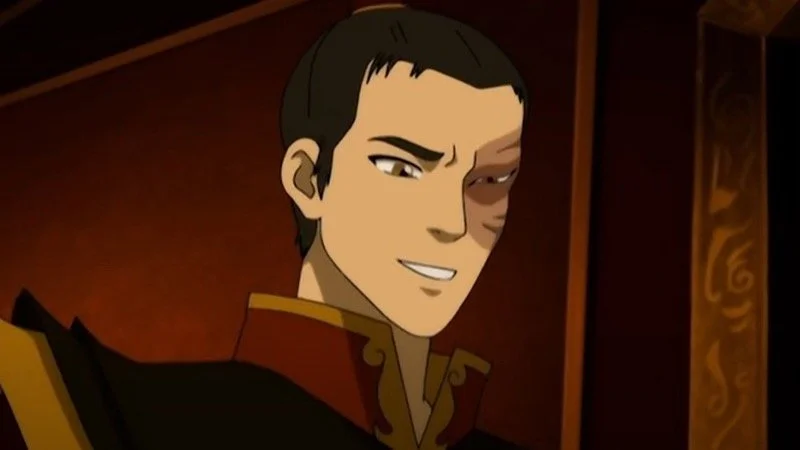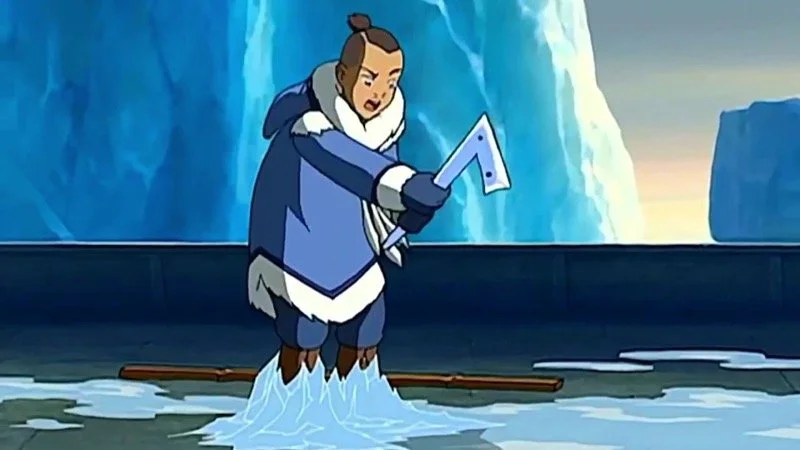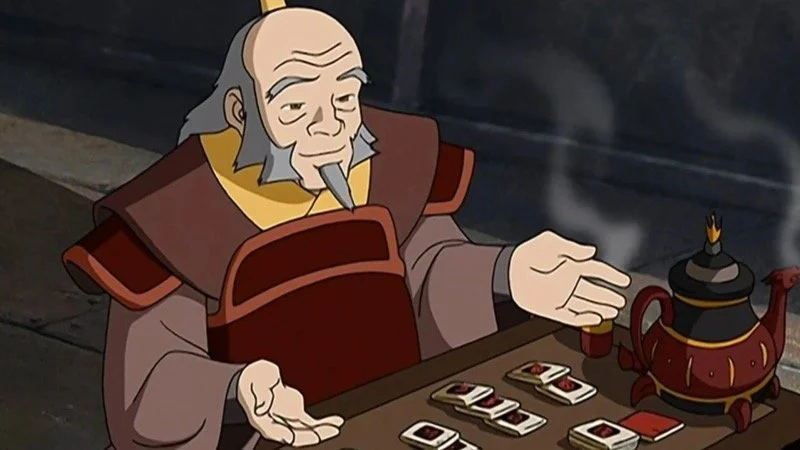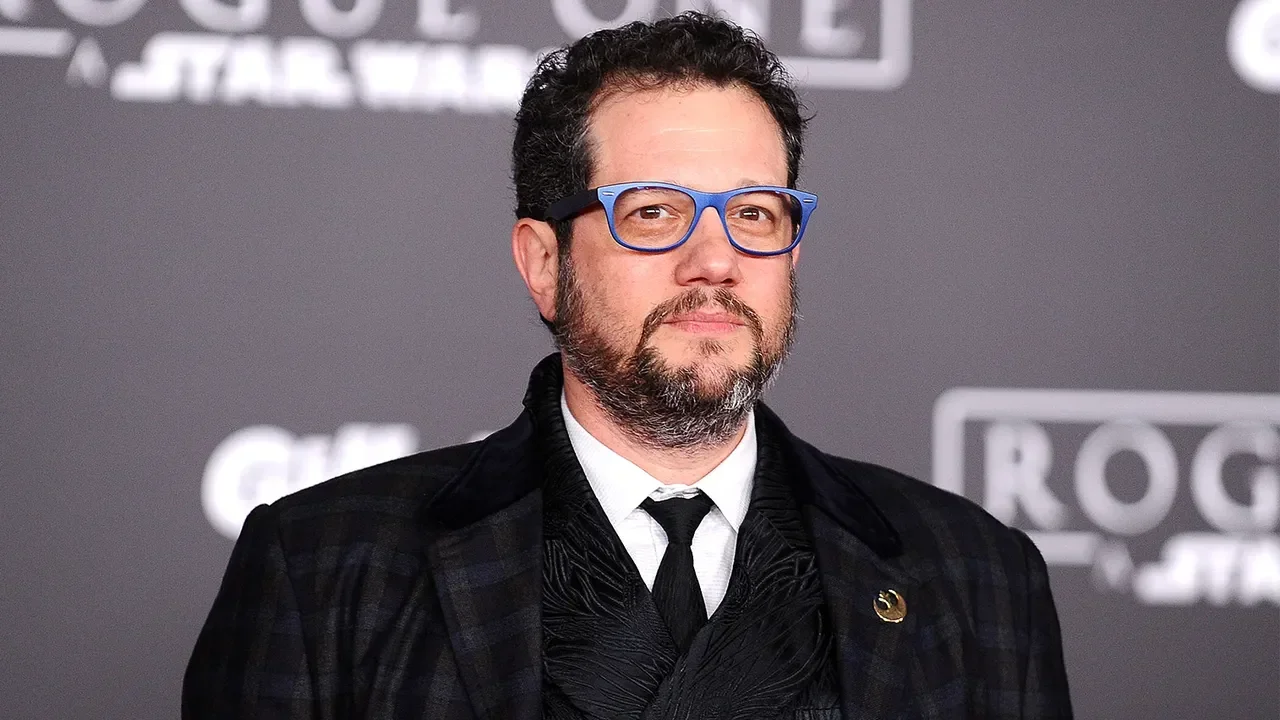Character Analysis: 'Avatar: The Last Air Bender' Animated Vs. Live Action
Image Source: IGN
If you haven’t been graced with the greatness that is Avatar: The Last Airbender, your life is lesser for not having experienced its beauty. Seriously, take some time and watch it, it’s on Netflix and Paramount+. It will change your life. It has for so many.
So much so that Netflix announced in 2018 a live-action adaptation of the show, and it’s finally come to fruition, and the final two seasons are on their way. And the original creators have started their own studio that is releasing a new show and a feature-length movie. And there is now a tour of a concert where a live orchestra plays music from the show. I went to it last weekend; it was incredibly moving and nostalgic.
While we wait for season two of the live-action show, let’s talk about the major characters and how they compare between the cartoon and the live-action adaptation. Fair warning, though, we are comparing characters in a 22-episode season to an eight-episode season.
RELATED:
Image Source: The Boba Culture
Aang
The Aang of the cartoon and the one in the live-action come off quite differently. Cartoon Aang is really a happy-go-lucky kid. He’s woken from an iceberg, thinking nothing has changed, and even when he’s confronted with the reality of the situation his absence created, he still has those shining moments of what makes Aang, Aang. He rides penguins, giant koi, etc. He comes to accept his role as the Avatar by the end of the first season and knows what he has to do, but he hasn’t come to terms with how he’s going to do it.
Aang, in the live-action show, comes across as innocent, but not in the fun, goofy way that cartoon Aang is. Instead, it comes off as almost too naïve. In the reviews of the show, it felt more like a skill thing, with Gordon Cormier just not finding his angle. This could also be part of the more somber and serious tone of the live-action show, but part of Aang’s charm is his goofiness, and that is more or less missing in the live-action.
Image Source: Cinemablend
Zuko
The casting for Zuko in both the cartoon and the live-action was so well done that both versions of the character almost eclipse the role of the main character of Aang. Dante Basco and Dallas James Liu knock it out of the park. Both of them capture the spirit of Zuko with his zealous pursuit of Aang. The only real major difference the two characters exhibit is the sort of whininess that the cartoon character established.
The live-action Zuko, again kind of matching the show’s seriousness, comes off a little more mature and not as whiny. He still has this blind obsession, and perhaps because of the structure of the live-action show compared to the cartoon, we get more glimpses into the kind soul that is Zuko.
Image Source: CBR
Sokka
It’s a little unfair to do this for Sokka, mostly because it feels unfair to judge the live-action portrayal by the cartoon portrayal. Sokka is legendary for his really bad jokes and puns and for trying to overly portray his bravado in front of others. The cartoon medium allows this to come off better and easier, with the exaggerated facial expressions and whatnot. That’s not something that comes off as genuine in live-action, and it’s rarely used without CGI. The live-action show also, as we’ve mentioned, has a more serious tone to it, which kind of hamstrings Sokka’s antics and reactions. His shouts and screechy protestations are delivered perfectly by Jack DeSena.
While Ian Ousley does a good job for the most part, there’s an attempt at times to show that goofy side of Sokka, but it feels forced. The one part of Sokka’s character that comes through is his desire to prove himself to others and, ultimately, himself. Both DeSena and Ousley really shine in portraying that part of Sokka.
Image Source: CBR
Katara
One of the biggest differences between the characters is when it comes to Katara. Katara, in the cartoon, is a little naive at first, which shows in her lawful-good alignment, but she’s steadfast and determined to prove herself. That lawful-good countenance begins to break as they adventure, stealing from the pirates and then ultimately challenging Master Pakku at the North Pole. That kind of growth is seen throughout the season, which we don’t really see in the live-action show. Katara is mostly a whiny and reserved girl who bickers with her brother sometimes.
Then suddenly, she’s got the courage to take on and deny Master Pakku at the north. It feels too sudden. Think about the episode in season three of the cartoon when the Ember Island Players parody Team Avatar. Katara is portrayed as a crybaby obsessed with justice. It’s funny in that show because it’s a gross characterization of what we see from her throughout the series. If they were to do that in the live-action show…it wouldn’t feel right. That wouldn’t match up, and it would fall flat.
Image Source: Game Rant
Iroh
Iroh is easily one of the biggest fan favorites for both shows and justifiably so. Mako in the cartoon and Paul Sun-Hyung Lee knock it out of the park. Mako made us fall in love with the tea-loving, conflicted firebender who, having lost his son, goes off with his nephew into exile on what’s assumed to be a wild goose chase to make sure he’s ok. His philosophical approach to life, despite being a firebender, runs counter to the image of firebenders outside of him and his nephew. Paul Sun-Hyung Lee does much the same in the live-action show. He portrays the love Iroh has for his nephew while also having that Iroh charm and joviality. He has arguably the best performance in the show alongside Dallas Liu. They steal the show. Hands down.
I’m not going to discuss Azula because she’s not in the first season of the cartoon, and it would give too much away for season two if I were to do so.
READ NEXT:
Source(s): Fandom


